Today you’re going to learn everything about Solar Geysers and Solar Geyser Installation types.
We will go through the various options, how they work and what they cost. It’s a guide that will help you choose the right one for your home.
Let’s get started.
- What Are Solar Geysers
- The Major Types Of Solar Geysers Available
- Solar Geyser Prices in South Africa, How Much Do They Cost
- Frequently Asked Questions
Chapter 1
What Are Solar Geysers
Let’s start from the top
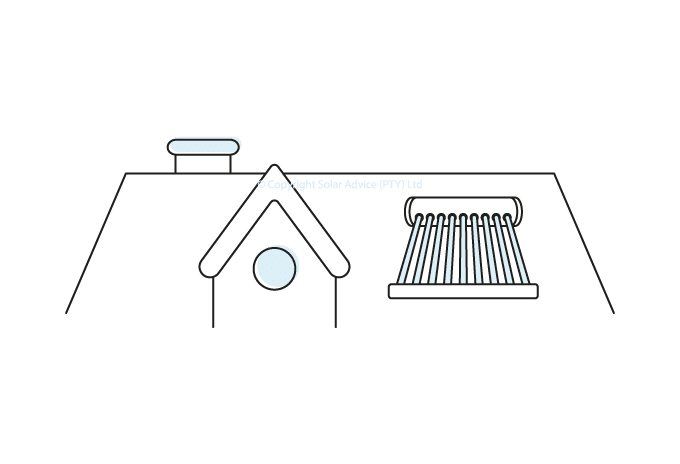
Chapter 2
The Major Types Of Solar Geysers Available
Let’s start from the top

Here Are Some Interesting Facts
- The geyser is usually responsible for the majority of your electricity bill
- Solar Geysers can effectively provide warm water for up to 15 years, if not longer
- You are less dependent on the overall grid
- The options you get with Solar Geyser collector kits ensure that there’s a package that fits your budget
- You can make your money back on the investment within 2 years
- You save thousands over the course of several years
- The maintenance required for a Solar Geyser is almost non-existent unless there are moving parts involved such as a pump
- A Solar Geyser is just as capable of heating water up to 90 degrees
- The solar geyser installation is quick and very straightforward
If you want to understand your Water Heating Energy profile we recommend the free AI tool EnergyBee to give you an accurate breakdown on what is the best option for you in your area.
Flat Plate Collector
A Flat Plate Solar Geyser is perfect for our South African conditions.
How Does it work?
It does require direct sunlight, predominately North facing to heat the water and should be clear of all cast shadows from trees or buildings.
Although not as efficient as the evacuated tube system, this is far effective enough for our hot conditions.
- North Facing
- Requires direct sunlight
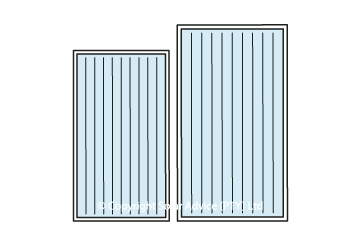
Evacuated Tube Solar Collector
- East / West facing roof
- Partially shaded placement of collector
- Freezing conditions
- Most efficient
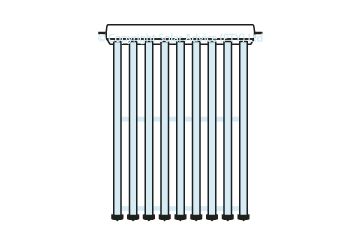
-
Conversion Kits, Evacuated Tube, Heating & Cooling, Solar Geysers
Original price was: R15,049.34.R13,800.00Current price is: R13,800.00. inc VAT Add to cart -
Conversion Kits, Evacuated Tube, Heating & Cooling, Solar Geysers
Original price was: R16,981.51.R15,525.00Current price is: R15,525.00. inc VAT Add to cart
Pumped Solar Geyser System (Retrofit)
- Cost-effective
- More discrete than a Thermosiphon
- Higher maintenance

-
Conversion Kits, Evacuated Tube, Heating & Cooling, Solar Geysers
Original price was: R15,049.34.R13,800.00Current price is: R13,800.00. inc VAT Add to cart -
Conversion Kits, Evacuated Tube, Heating & Cooling, Solar Geysers
Original price was: R16,981.51.R15,525.00Current price is: R15,525.00. inc VAT Add to cart
Thermosiphon Solar Geysers
- Most reliable
- Most common
- Least moving parts
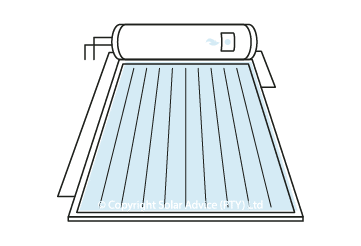
Direct Thermosiphon Solar Geysers
A Direct Thermosiphon Solar Geysers utilizes a standard thermosiphon geyser that doesn’t need to be protected in cold conditions. How Does it work? Although still made to withstand weathering in the outdoors, it does not offer any extra insulation for water storage.- Very good for coastal areas and areas that do not reach 0 degrees.
Indirect Thermosiphon Solar Geysers
An Indirect Thermosiphon Solar Geyser system is designed for areas situated in extremely cold conditions. How Does it work? Being that the geyser is on the roof, it is exposed to the open air and ice deposits from the temperature drops. The indirect geyser has a jacketed layer around the cylinder that gets filled with glycol, an insulating liquid, that ensures the temperature of the water in the tank is kept from freezing or cooling too fast.- These systems are best for inland areas where it drops down to 0 degrees or below in winter.
Closed Coupled Solar Geysers
- These systems are best for warmer areas where the temperature & doesn’t drop very much.
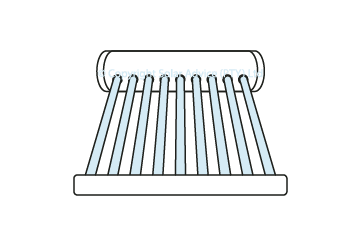
Low-Pressure Solar Geysers
Low-pressure Solar Geysers are closed coupled systems that transfer the hot water using gravity. These systems are perfect for farm areas or areas where the temperature never really reaches below 15 degrees. Because the hot water is gravity fed, the cold water mixing usually makes it too cold to use, therefore only having very light shower conditions.- Only ideal for warmer areas
- Low-pressure showers make it cold to use
Chapter 3
Solar Geyser Prices in South Africa
How Much Do They Cost

Chapter 4
Frequently asked questions:
What you want to know
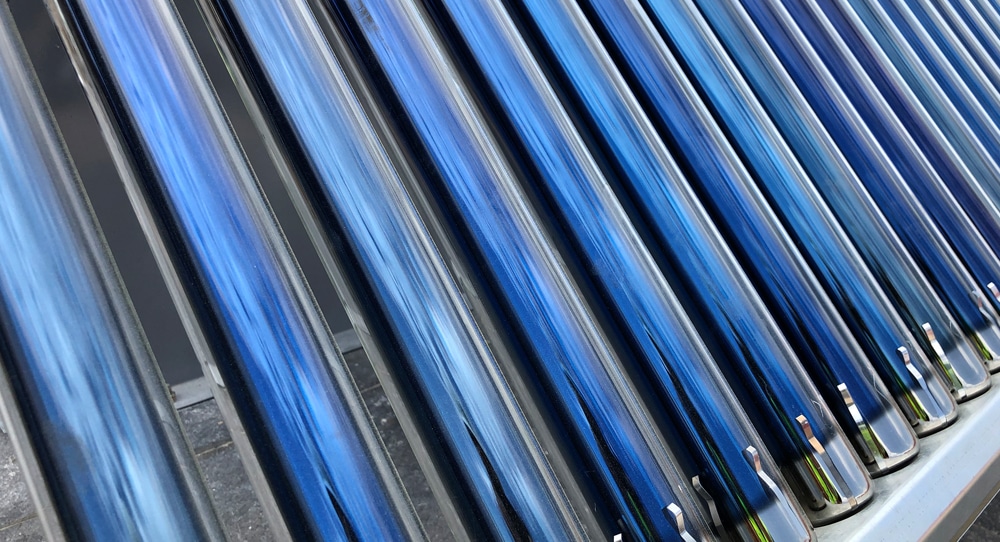
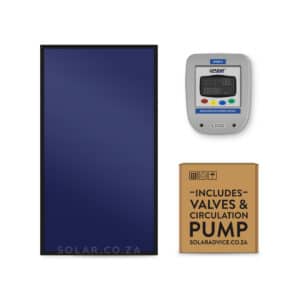
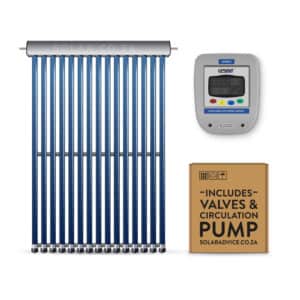
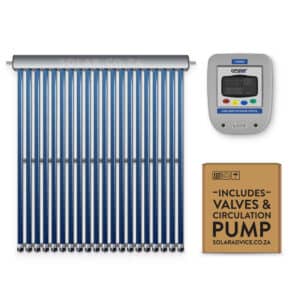
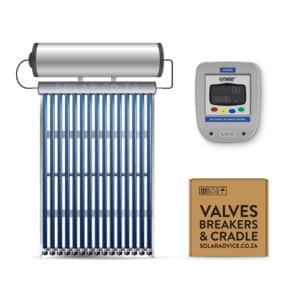
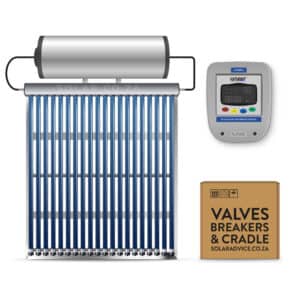

Visitor Rating: 4 Stars
Visitor Rating: 4 Stars
Hi yes you can, these types are called Retrofits. The collector is mounted on the roof and connected to your existing geyser, it comes with a pump that circulates hot water into your geyser.
We have a range of these here https://solar.co.za/shop/solar-geysers/conversion-kits/
Visitor Rating: 4 Stars